How to insulate the ceiling in a bath?

Carrying out bath procedures heals and strengthens the entire body. Fans of this action prefer to get their own sauna on the site. Like any other structure, a bath building needs insulation of the walls, ceiling and floor. Since the heated air rises to the ceiling, insulation of the attic and ceiling space is mandatory. This will keep the room warm and comfortable.
Why do this?
The main rooms in the Russian bath are the steam room and the dressing room. The steam room maintains a high level of temperature and steam. Heated humid air tends to escape through the gaps in the ceiling and walls. It is impossible to make a sealed steam room out of wood. The main heat leakage occurs through the ceiling as the hot air rises upward. To reduce the outflow of heat, insulation is installed. The thermal insulation material will act as a barrier and protect the steam room from rapid cooling. Insulating the steam room will reduce heat loss.

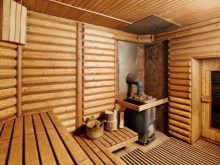

You can insulate the ceiling from the side of the attic floor or from below. The technology of thermal insulation works includes a device of a multilayer structure. The result of high-quality insulation of the ceiling will be a reduction in heating costs and an increase in the time for maintaining comfortable heat in the room.
Types of ceiling structures
A bathhouse can be built without or with an attic. The presence of an attic depends on the type of roof. A flat roof does not imply an attic space. If the roof is pitched, then you can arrange a cold attic or attic on the second floor. For an attic roof type, powerful floor beams are needed. For a bath, the correct insulation is carried out outside the ceiling.
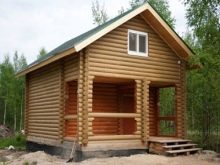
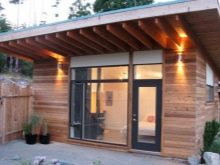

According to the device method, ceiling structures are:
- hemmed;
- panel;
- flat.
The suspended ceiling is sheathed with edged or grooved boards along the bottom of the attic floor beams. In this case, the load is distributed to the supporting beams. Whether the installation of an additional lathing is necessary depends on the weight of the wooden boards with which the ceiling is hemmed. Correctly fitted boards can be left as a fine finish. The filing is carried out inside the bath room.
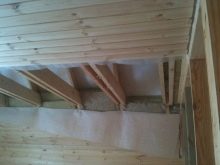
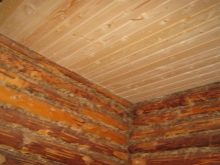
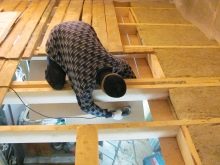
Positive aspects of the ceiling filing from the inside:
- high strength;
- suitable for different areas of the room;
- arrangement of the attic is possible;
- the attic space remains functional.
A panel ceiling is a set of panels or panels. Each panel is equipped with a thermal insulation layer. The lathing frame is attached to the floor beams. Then the entire area of the room is sheathed with shields. A moisture-resistant sealant is placed in the joints. In the steam room, the sealing of the seams must be carried out especially carefully.
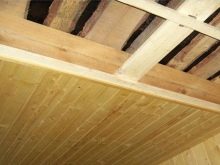

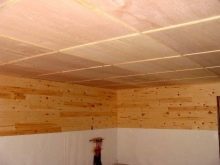
Floor ceilings can be arranged if the width of the bath building does not exceed 2.6 meters, since the ceiling is laid on the walls. Installation is simple - thick boards are laid on top of the load-bearing walls. With flat ceilings, the attic space cannot be used for storing heavy and large items, since the structure does not support much weight. Decking is considered to be the cheapest type of ceiling structure.
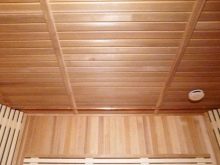
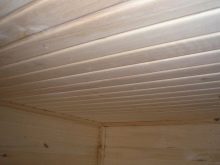
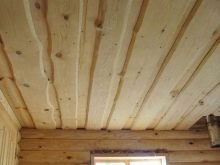
Material selection
The bathhouse is a specific room where a high temperature level leads to an increased fire hazard.All building materials need strict adherence to fire safety. Wooden structures are treated with fire retardant compounds.
There are also increased requirements for insulation:
- Fire resistance. The insulation should not support combustion.
- Ecological cleanliness. The insulation must be free of toxic substances.
- Moisture resistance. High humidity leads to the destruction of building materials.
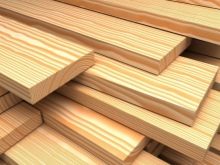
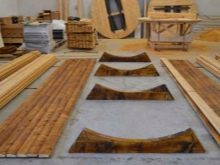
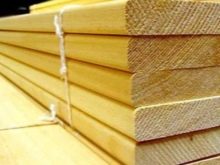
- Biostability. Fungi, rodents and insects should not develop in the insulation.
- Protective functions. The heat insulator should not let cold air from the attic into the steam room. Insulation is a barrier to heat, keeps it inside.
To insulate the bath from the attic side, heat insulators are used in the form of plates, rolls and loose material.
Bulk
Bulk insulation includes:
- expanded clay;
- sawdust;
- ecowool;

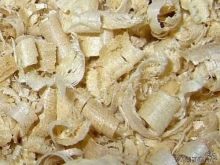
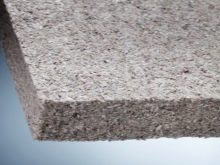
- vermiculite;
- polyurethane foam;
- aerated concrete.
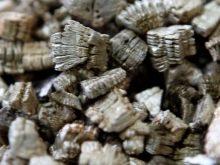
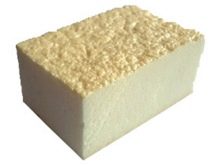
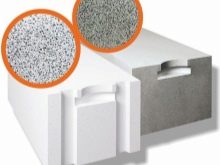
Their use is effective, since there are no joints during installation, which can become cold bridges and reduce the insulating function. Rolls produce mineral wool and foamed polyethylene. Materials in the form of slabs for a bathhouse are not often used - these are polystyrene and polystyrene foam.
Expanded clay is a porous baked clay of different fractions.
For bath buildings, it is considered an ideal insulation, since it exhibits the following characteristics:
- high strength ensures long service life;
- non-flammable, resistant to high temperatures;
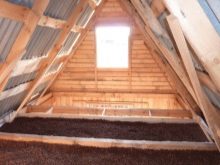
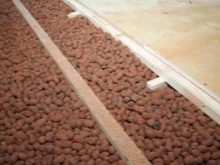
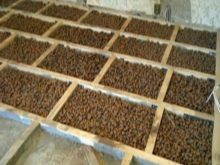
- it is an environmentally friendly natural raw material;
- convenient for filling, does not get dusty, does not need preliminary preparation;
- rodents do not start in it, does not grow moldy, is not affected by a fungus;
- it is an affordable, inexpensive material.
A large number of positive qualities of expanded clay does not negate the disadvantages that must be taken into account during installation. Compared with artificial heat insulators, expanded clay has 2 times higher thermal conductivity. This fact is taken into account and a layer of 25-35 cm is covered with expanded clay, which makes it possible to achieve a good heat-saving effect.
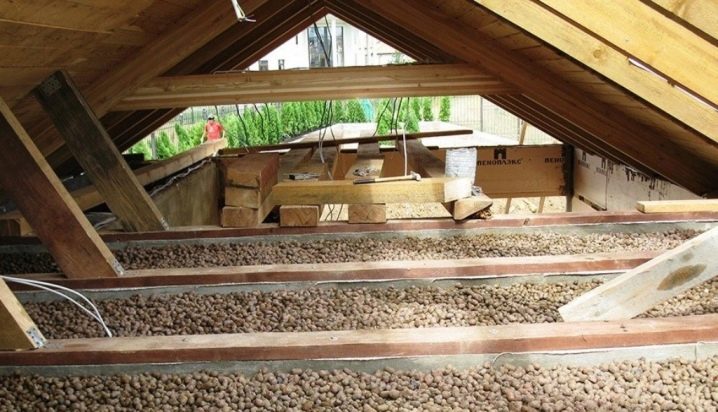
The clay granules themselves are light, but the thickness of the backfill layer is heavy.
To withstand a lot of weight, you need powerful floor beams and strong false ceilings. During construction, this is calculated in advance.
The next feature of expanded clay is its susceptibility to water. When sintering on expanded clay granules, a glassy film is formed. This reduces the water absorption capacity of the natural material. But still, for a heat insulator, the moisture absorption rate of 10-20% is quite high. To avoid the accumulation of moisture in the material, thereby increasing the weight, waterproofing is used. Subject to all the conditions of installation work, expanded clay insulation will become safe and durable.
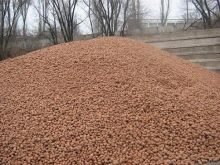

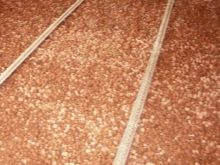
Insulation with sawdust is a familiar way of thermal insulation of bath ceilings, which is still relevant in our time. Wood sawdust is an ecologically natural natural material formed as a result of wood processing. This is the cheapest and most affordable way to insulate the ceiling from the side of the attic floor.
Sawdust has negative characteristics:
- the effectiveness of thermal insulation depends on the density and thickness of the sawdust layer;
- high degree of flammability and flammability;
- high level of moisture absorption;
- mice can start;
- sawdust requires laborious preparation and additional materials.
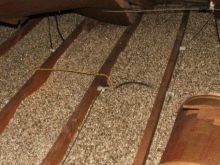
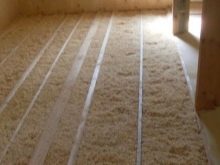
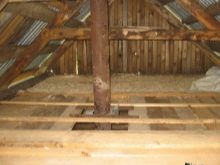
To reduce combustible and hygroscopic qualities, clean sawdust is not laid out on the ceiling, but mixed with cement and a multilayer structure is arranged. The bottom is leveled with clay, followed by wet sawdust mixed with cement and lime. To prevent the previous layer from cracking when it dries, you can cover everything with earth on top. Thus, "breathable" thermal insulation is obtained, resistant to water and fire.
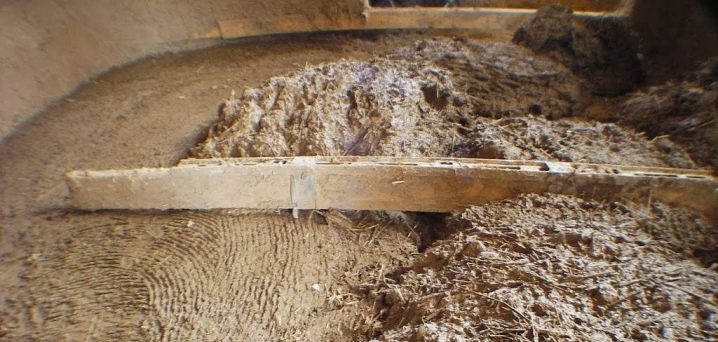
Modern heater for a bath - ecowool.It consists of cellulose fibers with chemical additives that improve the properties of the material.
Thermal insulation of an ecowool bath is justified, since it has many positive aspects:
- flame retardant additives impart incombustibility;
- ecological purity is due to the natural composition;
- thermal insulation is comparable to artificial insulation;
- boric acid in ecowool prevents rodents from starting and microorganisms to multiply;
- low weight allows you to apply a layer of any thickness;
- in case of getting wet after drying, it retains its thermal insulation properties at the same level;
- long service life.

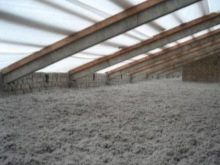
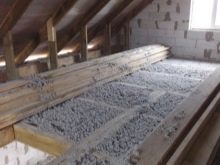
When using ecowool, good ventilation of the attic space is required. This is necessary to reduce the moisture content of the insulation, since the level of moisture absorption can be up to 20%. Ecowool can be applied wet or dry.
Better insulation with a lower thickness will give a wet method using spray equipment. This can become a limitation in the use of ecowool.
Vermiculite consists of raw mica, expanded at a temperature of 900 degrees. According to its characteristics, vermiculite resembles expanded clay. It is fire-resistant, reliable, lightweight, bio-resistant, environmentally friendly. But the level of its thermal insulation is higher and comparable to mineral wool. Vermiculite easily absorbs water and evaporates steam when ventilated without losing its quality.
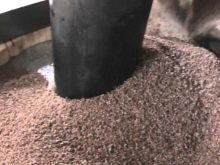
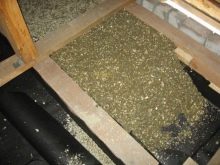
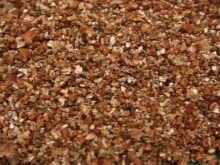
Polyurethane foam is rarely used as a heater for baths because of its high cost. But this insulation is worth its money, since it does not have negative performance properties. It is a liquid plastic sprayed with a special device. A monolithic and sealed layer is created. Polyurethane foam has the lowest thermal conductivity coefficient, it is not affected by fire and water. The high cost with the involvement of third-party organizations for installation limits the use of poriurethane foam.

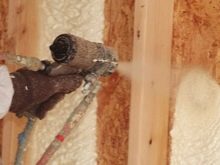
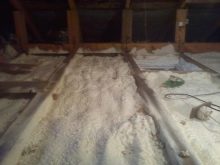
Rolls
Rolled mineral wool is a common fibrous insulation that is used to insulate various structures. The composition differs depending on the type of mineral wool. Glass wool is made from a glass alloy. Rock minerals are used as raw materials for stone wool.
A limitation for the use of glass wool is the complexity of the installation. A kind of stone wool - basalt wool, is often insulated on its own. For a steam room, it is worth choosing an option with foil glued on one side of the roll.
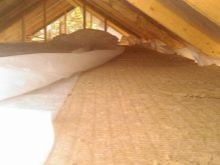
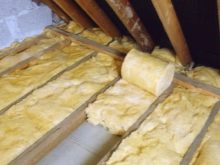

Among the advantages of using in a bath are:
- cotton wool does not burn, but melts when a fire breaks out;
- high level of thermal insulation;
- light weight does not load the ceiling;
- it is convenient to insulate with mineral wool, due to its softness and elasticity, it can be laid on an uneven base;
- there is no breeding ground for mice and insects in cotton wool.
The main disadvantage of mineral wool is hygroscopicity - moisture absorption can be up to 40%. Since there is a humid environment in the bath, the laying of high-quality waterproofing and vapor protection becomes a necessity. The ecological qualities of basalt wool are also in doubt. To combine fibers in production, chemical compounds are used that are harmful to human health.

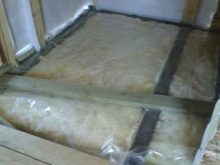
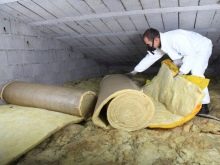
Reflective foil rolls of expanded polypropylene or polyethylene are used as a vapor barrier and to increase the heating rate of the bath. The material has proven itself on the good side, since it has low weight, water-repellent properties and a low coefficient of thermal conductivity. It is considered an environmentally friendly material that is resistant to ultraviolet light and chemical solvents. When burned, it decomposes into water, giving off carbon dioxide. Polypropylene foam is resistant to temperatures up to 200 degrees, polyethylene foam - up to 120 degrees.
Slabs
Effective cheap slab insulation - polystyrene, is not used for bath buildings, since when the temperature rises above 70 degrees, the material deforms, melts with the release of caustic toxic smoke.
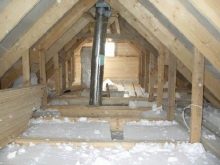
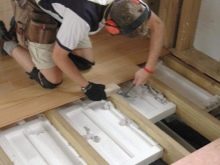
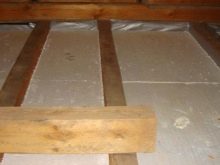
Penoplex - extruded polystyrene foam - comes to replace the foam. It has excellent thermal insulation and hydrophobic properties. The light weight and size of the slabs 60 * 120 cm will allow you to quickly insulate the ceiling. The material plates must not come into contact with the hot pipe. It is also susceptible to destruction by ultraviolet radiation. The disadvantage of penoplex is its low environmental friendliness, therefore, the use of ceiling insulation in a bath is a controversial decision.
The slabs can be used to produce mineral wool. It retains all the properties of the roll version, the only difference is in rigidity.
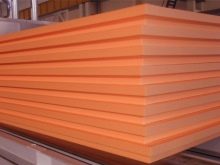
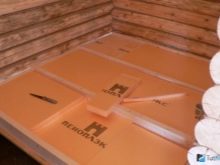
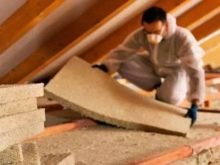
Vapor barrier and waterproofing
The need for arranging steam and waterproofing depends on the type of heat insulator. Installation of protective layers is needed for mineral wool, ecowool, expanded clay, sawdust. There is a certain rule for the order of the layers. The first layer is a vapor barrier, then a heater. The top is closed with waterproofing with a ventilation indent of 2-5 cm.
A high level of humidity in a bath requires a high-quality vapor barrier flooring. It performs two functions at once - it will help protect hydrophobic insulation from the ingress of steam from the room. The barrier will not allow moisture to be absorbed into the insulation, increase its weight, and worsen thermal conductivity. Also, vapor protection will not allow moisture to penetrate into the attic space, causing condensation to fall on the wooden roof structures.
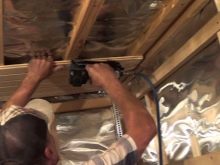
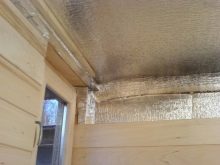
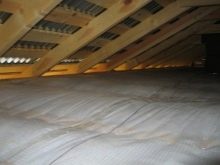
The vapor barrier can be installed from the attic or indoors. For interior protection, the vapor barrier is attached between the sub-headliner and the exterior trim. The external vapor barrier is laid over the attic floor and beams.
The main task during installation is to create the most tight vapor barrier layer.
The following vapor barrier materials are used:
- clay 2-3 cm thick;
- glassine;
- proliferated cardboard;
- waxed paper;
- roofing paper;



- vapor barrier membrane;
- foil with kraft paper base;
- glass cloth-based foil;
- foil based on lavsan.
Waterproofing is needed so that moisture from the cold attic does not get into the insulation. Water can form as a result of the formation of condensation when there is insufficient ventilation in the attic space. Roof leakage may also occur. The top layer of waterproofing will keep the insulation from getting wet.
For waterproofing, a thick polyethylene film, roofing material or modern waterproofing films are used.
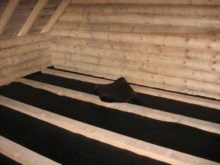
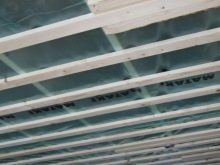
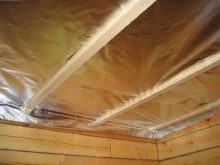
Step by step guide
In accordance with the type of insulation used and the type of ceiling structure, the methods of installation of thermal insulation differ. The choice of the structure of the ceiling depends on the size of the bath, the budget, the number of "workers", the type of insulation.
The flat version of the ceiling construction is suitable for small bath buildings. This is a convenient and cost effective method. The ceiling is laid on the walls. Such a ceiling can be with an attic, but more often it is done without an attic. The flooring can be lumber with grooves or ordinary unedged but well-fitted boards with a thickness of more than 4.5 cm.
For a flat ceiling, roll-up heat insulators are well suited.
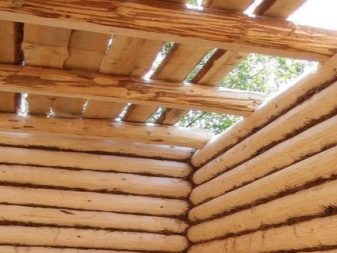
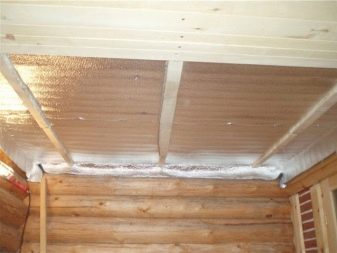
With the use of mineral wool, the insulation will look like this:
- A vapor barrier material is laid on top of the wooden flooring. A good solution would be to use foamed foamed polyethylene or polypropylene. It will give additional insulating properties to the insulating layer. The joints are hermetically fixed.
- A roll of mineral wool is laid on top. If basalt wool is being mounted, which has foil on one side, then it is possible not to lay a vapor barrier film.When using polypropylene, the thickness of the mineral wool layer can be reduced by 20%.
- Then the mineral wool is covered with a waterproofing material.
- At the end, a rough plank floor is laid.
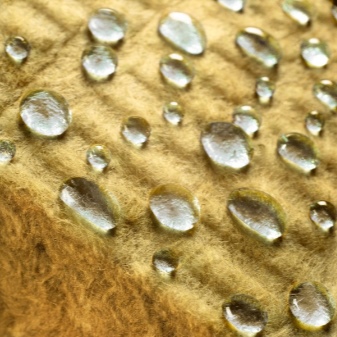
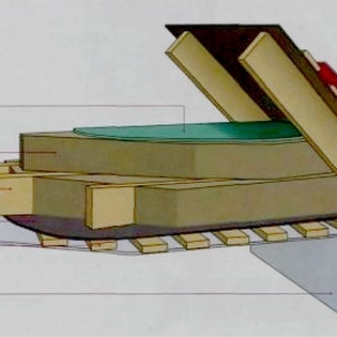
For a flat ceiling, heavy thermal insulation materials such as expanded clay are not used. It is necessary that the thermal insulation layer be small, less than 15 cm. If the layer exceeds the height of the wall, then it is necessary to build a protective box over the wall, lengthening the entire structure.
You can also use the traditional method - to insulate the ceiling with a sawdust-cement mixture. To prepare it, take a bucket of dry sawdust and half a liter of cement. This mixture is stirred by gradually adding water in small portions. The result should be a moist, homogeneous, loose mixture.

Gradually cover the entire surface with a thickness of 10 cm with this material, tamp it well. After drying, a monolithic structure is formed. If cracks appear due to uneven evaporation of the liquid, then they are coated with liquid clay. From above, you do not need to lay waterproofing, but from the bottom you need to lay a vapor barrier layer.
The design of the false ceiling can be done by hand without the assistance of. In this case, wooden beams are laid on the walls. Strong joists can form the basis for an attic type attic. The ceiling is sutured to the underside of the beam, and the upper side will become the attic floor. Thermal insulation is placed between the beams.
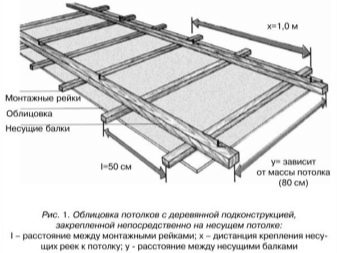
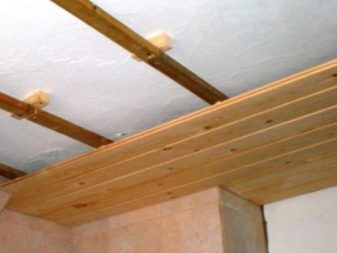
All types of bulk insulation, mineral wool rolls and slabs can be used as a heat insulator.
If filling materials are selected, then installation work is carried out in the following order:
- Cheap lumber is stuffed on the underside of the beams.
- A vapor barrier film is rolled out along the bottom of the rough boards, attaching with a wooden strip.
- After protection from steam, the ceiling is finished with clapboard, installed with a gap of 2 cm.
- From the side of the attic, a surface is obtained, divided by floor beams. Insulation of the required thickness is poured into this crate. If insulation wakes up in the cracks of the rough ceiling, then they must be covered. The thermal insulation layer should be 2-4 cm below the beam. This is a natural ventilation gap.
- An attic floor of planks or wood-based panels is laid on the beams. If expanded clay is used for insulation, then waterproofing under the floor is needed.
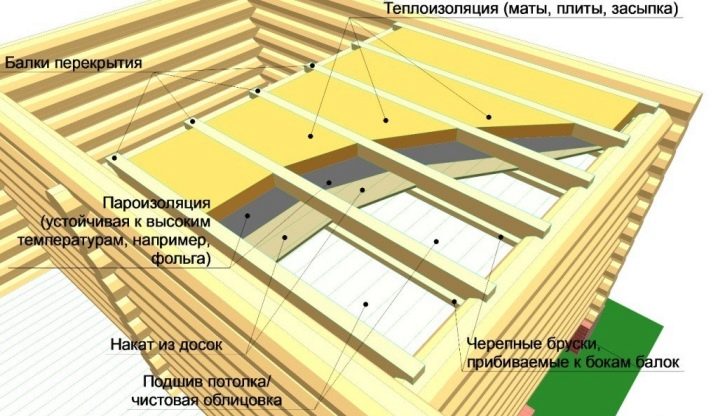
Mineral wool in rolls and slabs is mounted according to the following algorithm:
- Perpendicular to the beams, the vapor barrier layer is fastened with rails from the side of the room.
- Then the installation of the final finishing of the ceiling is carried out. Lining, edged boards or tongue-and-groove wooden planks are used.
- Mineral wool is placed in the spacer between the floor beams. When the size of the roll or slab does not correspond to the width between the beams, then a rack or mesh collection must be built from below. If the thickness of the wool is greater than the beam, then it must be increased with wooden slats to the missing height. The lack of height can be dealt with in an alternative way - compensate for a smaller layer of cotton wool by laying the foam in the upper tier.
- Any waterproofing material is overlapped on top of the beams.
- Draft boards are nailed onto the waterproofing, which serve as the floor for the attic.
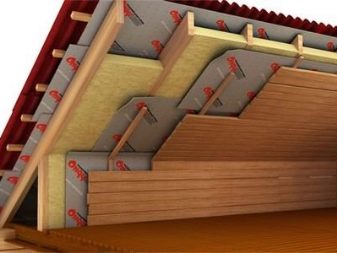

If the panel type is chosen as the creation of the bath ceiling, then preliminary preparation will be required. The dimensions of the panels are calculated based on the width of the interblock span. Think over the placement scheme. A gap of 4-5 cm is left between the beams and panels.
Panels are made of low quality sawn timber, knocked together in two layers perpendicular to each other, attaching the sides. All wooden parts are treated with a fire retardant compound. A reflective vapor barrier is laid on top of each panel. An alternative would be basalt wool with foil.A piece of mineral wool, a layer of ecowool, a mixture of sawdust with cement or loose expanded clay are placed on the vapor barrier. The panel is ready for installation.
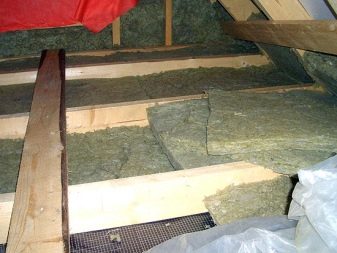
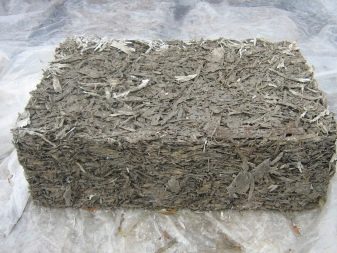
In this form, the panels are raised to the attic in accordance with the diagram. Next, proceed to the installation, placing it in the same plane with the floor beams. The gaps between the beams and panels are pierced with insulation. It turns out a cellular structure, which is covered with a waterproofing film. An attic floor can be installed on the beams. Lifting of heavy panels and hanging installation does not involve self-installation.
Expert advice
For bath facilities, the criterion for the environmental friendliness of the insulation is important, therefore it is better to choose natural natural heat insulators that meet fire safety standards. Expanded clay, prepared sawdust-cement backfills, vermiculite are well suited for thermal insulation. They can be laid independently in compliance with the installation technology.
When installing insulation, you need to build a protective steel box for the chimney pipe. Expanded clay can be poured into the box. Make sure that the wooden structures do not touch the chimney.

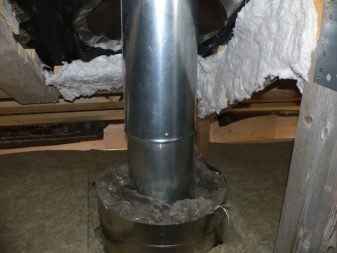
When insulating with mineral wool, it is better to choose a multilayer installation with overlapping previous joints. This method will avoid heat leakage through the seams of the insulation. This will not affect the cost of the heat insulator, since it is sold in cubic meters. You do not need to exceed the thickness of the planned layer, but choose a thinner roll of cotton wool.
For bath buildings, foil materials are more relevant.because the foil reflects infrared heat rays from the ceiling, improving the heating rate of the steam room. Thus, heating costs are reduced. The vapor barrier with foil is laid with the reflective side down. Foil tape is used to fix the joints of the vapor barrier films. To form an airtight vapor barrier, the seams are overlapped by 10 cm, then fixed.
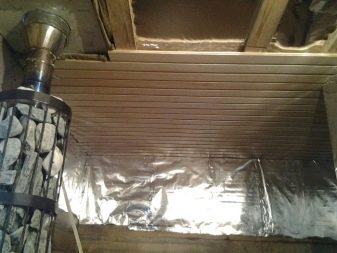
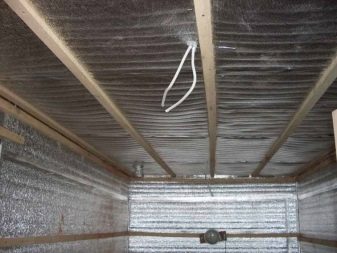
The thickness of the mounted layer of a particular heat insulator is calculated based on climatic features and the coefficient of thermal conductivity of the material.
The average value of the thickness of the thermal insulation layer for natural insulation is 25-35 cm, for artificial materials - 15-20 cm.
The greater the temperature difference between the environment and the heated steam room, the faster the hot air tends to leave the room. Competent sealing of all crevices, gaps and technological holes will prevent a rapid outflow of heat. A monolithic thermal insulation layer with a sealed reflective vapor barrier will significantly reduce heat loss.
How and how to insulate the bath, see the next video.




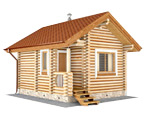
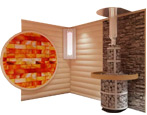
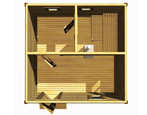
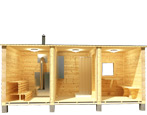
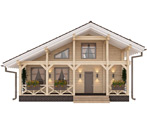
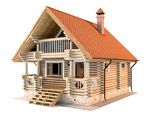


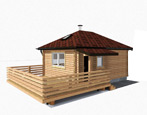
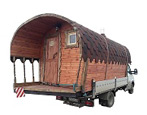


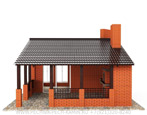

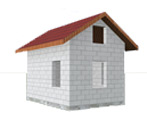

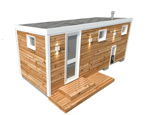
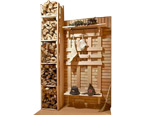
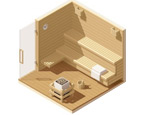
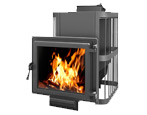
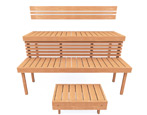
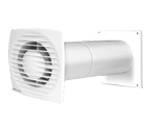

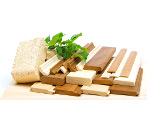


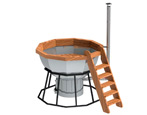
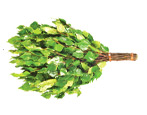
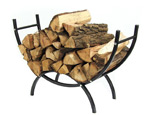
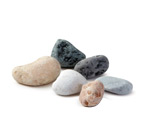
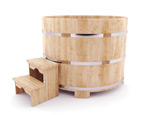
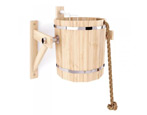
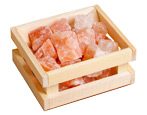


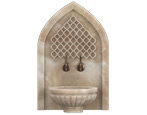

























































The comment was sent successfully.